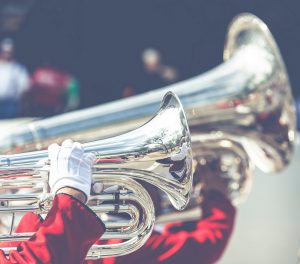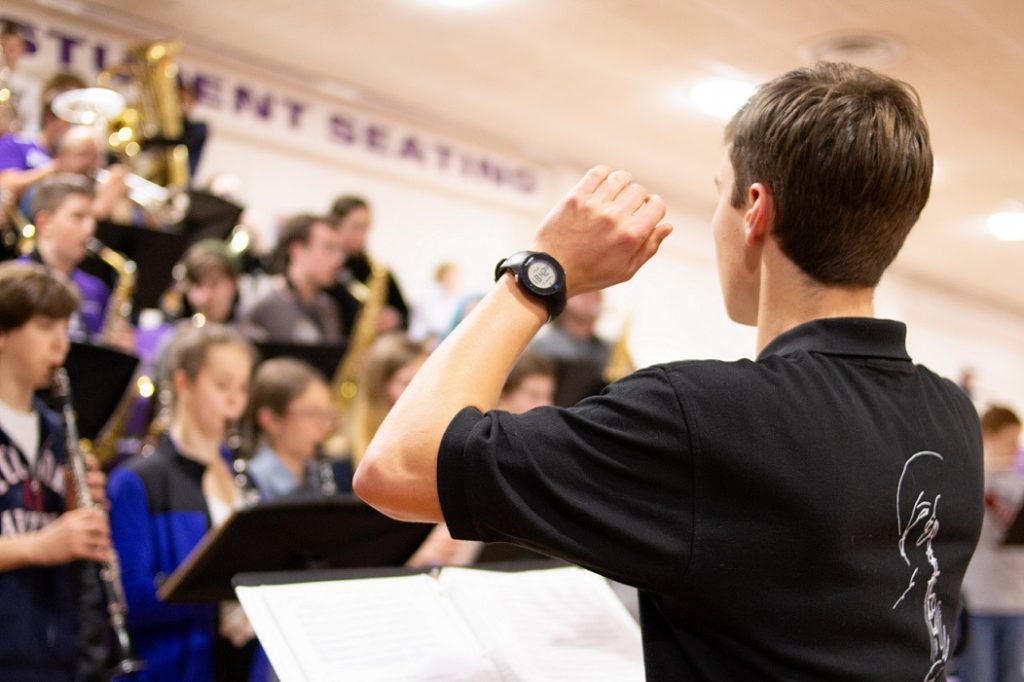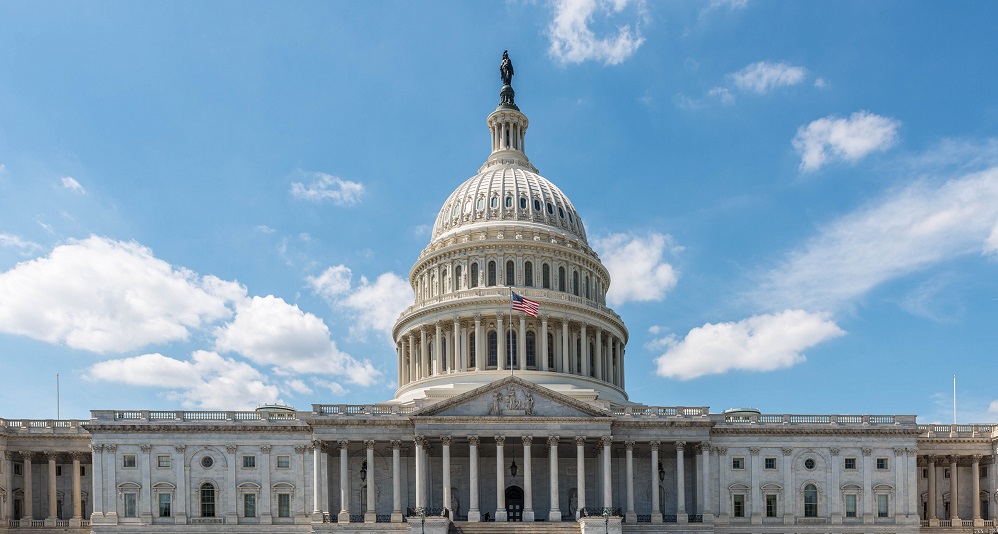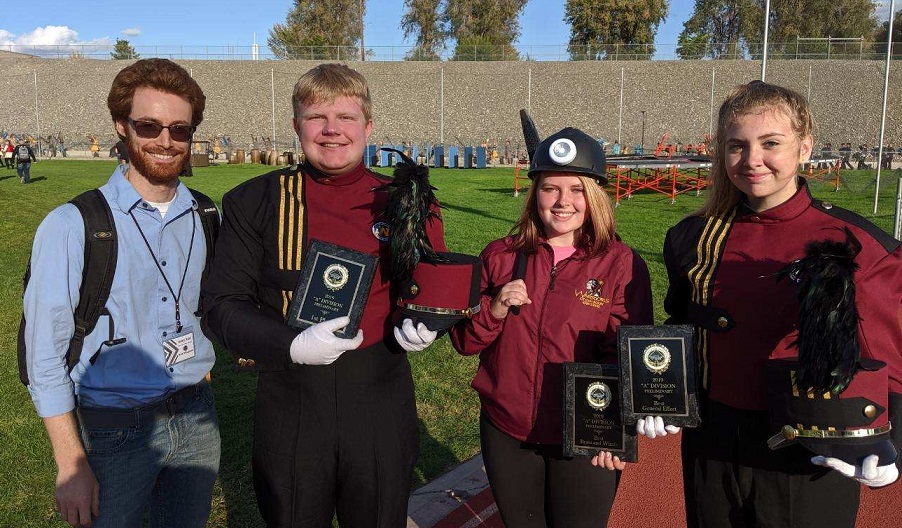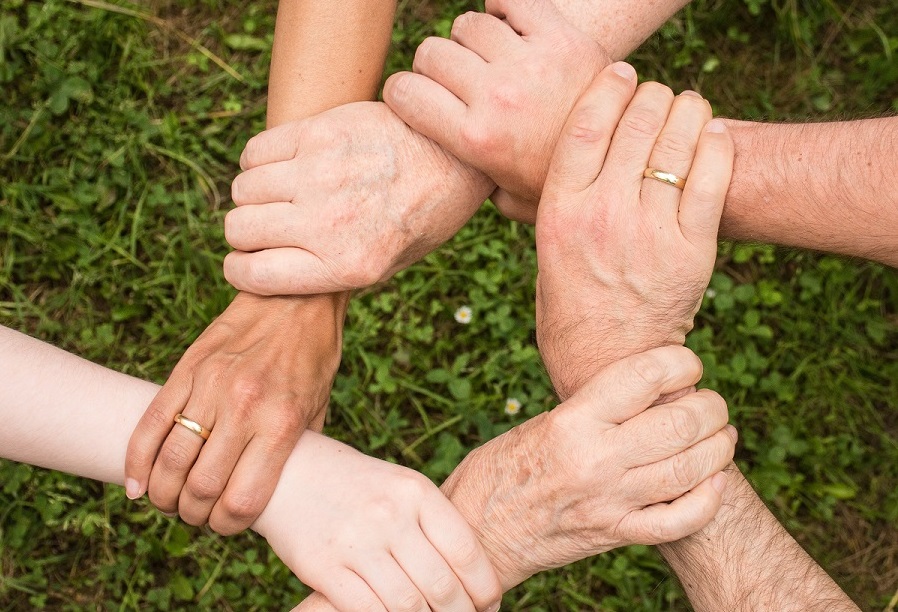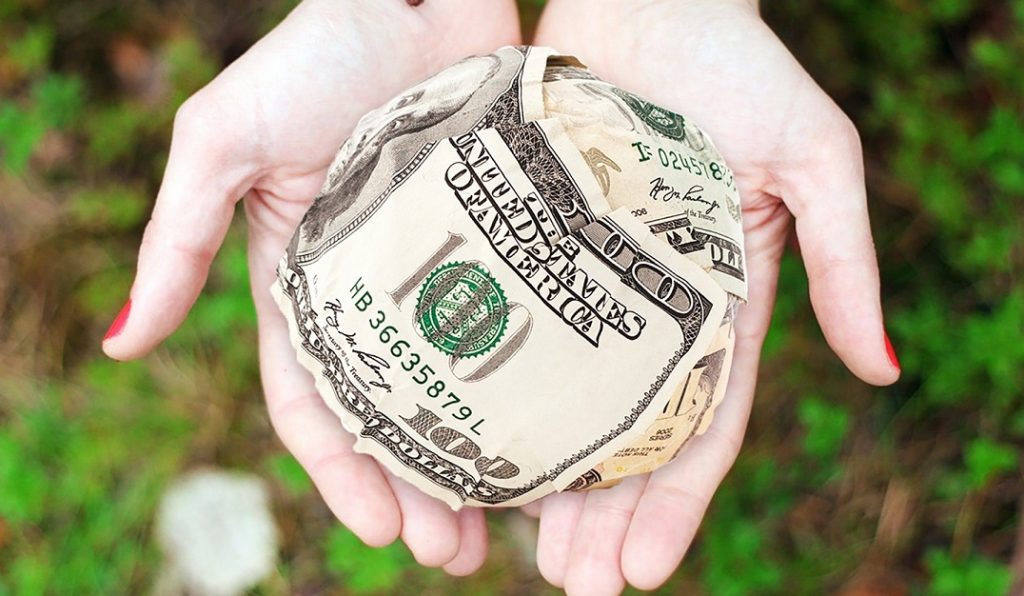Tagged Under:
Funding Your Music Program: Crowdfunding, Grants and Partnerships
With tightening fiscal constraints, music educators must look to other funding opportunities, including crowdfunding, grants and partnerships.
Throughout my career in both K-12 and higher education, one of the questions I was frequently asked was, “How do you raise so much money for your program”?
In my early years as a high school director, I was in awe of programs that managed annual budgets of $100,000 or more. They could rely heavily on student band fees to raise the funds. As a teacher in a Title-1 school (Title 1 refers to the federal educational aid program that supports students from low-income families), it was difficult for me to ask students and their families to contribute similar amounts year after year.
Even now, as a program coordinator at a public Historically Black College/University (HBCU), I often find that under-resourcing and tightening fiscal constraints leave us with little in terms of state funding appropriations. But, instead of these realities hindering me from moving my program forward, I have used them as opportunities to secure funding to ensure that my students have access to a high-quality music education.
THE MS-9414 MARCHING SNARE: Reimagined and redesigned for your classroom.
Crowdfunding
Before the age of the internet, many of my fundraising initiatives included the tried-and-true approach of selling things to people. Whether it was concessions, car washes, candy, cookie dough, coupon books or candles, the majority of our funds came from selling tangible goods and services.
 When I first heard of sites like DonorsChoose, GoFundMe and AdoptAClassroom, I must admit that I was a bit hesitant. However, seeing others reap the benefits of crowdfunding helped me to take the plunge and use this very effective fundraising tool. From receiving instruments and equipment to collecting close to $250,000 to cover travel expenses to the Tournament of Roses Parade, crowdfunding has been and continues to be one of my first approaches when I need to raise funds.
When I first heard of sites like DonorsChoose, GoFundMe and AdoptAClassroom, I must admit that I was a bit hesitant. However, seeing others reap the benefits of crowdfunding helped me to take the plunge and use this very effective fundraising tool. From receiving instruments and equipment to collecting close to $250,000 to cover travel expenses to the Tournament of Roses Parade, crowdfunding has been and continues to be one of my first approaches when I need to raise funds.
Grants
My history with grant funding goes all the way back to when I first started teaching. While working at Miller Grove High School in Lithonia, Georgia, we were the recipients of a Dallas Austin Foundation Grant, which provided music production gear and after-school studio instruction to selected students in our program. As a middle school director, again at a Title-1 school, our program secured support from the Mr. Holland’s Opus Foundation. With this grant, we repaired many of our older school instruments and purchased newer instruments so that more of our students could participate in band. We also received funding from the Atlanta Symphony Orchestra and Clayton State University’s Spivey Hall for music-related field trips and experiential learning.
As a college professor, I was part of a team to receive an Affordable Learning Georgia Grant, which helped us to provide open educational resources (OER) to students enrolled in our general education elective music appreciation course. In my current role, we are in the second year of our Grow Your Own Grant; a multi-year, multi-million dollar grant we received from the State Department of Education in Tennessee aimed at supporting our teacher candidates as we meet the challenges of the current teacher shortage and diversifying the teacher pipeline. While some of these programs have a national profile, many of them take place at the state and local levels. I encourage us all, whether in K-12 or higher ed, to seek out grant funding from all levels of government, as well as local and regional foundations, in order to maximize our efforts.
THE YAMAHA EDUCATOR NEWSLETTER: Join to receive a round-up of our latest articles and programs!
Partnerships
Having reliable and consistent partners backing you financially can go a long way to support your program each year. One of the methods I used to set my yearly budgets for my program activities included reaching out to our business partners, sponsors and private donors who were reliable contributors.
We would sell ad pages in our annual banquet program, receive free or heavily reduced catering for trips, games and other events, and receive donations for various campaigns, such as our annual Rehearse-A-Thon and Band Day fundraisers. These contributions would help us greatly reduce students’ financial burdens. We would also receive free or heavily reduced music equipment and accessories from local music stores as we would start our new band students.
Having reliable and consistent community partners can go a long way toward defraying costs and generating major revenue for your program!
Show Me the Money!
At the end of the day, we all want to provide the best possible music education for our students. I believe that having multiple revenue streams is essential to funding those efforts. In music education curricula at the college level, there is little room for training future teachers on how to fundraise and manage large amounts of money. Thankfully, there are many of us who are more than willing to share our ideas and help those who are simply looking for ways to grow and support the vision they have for their ensembles. Good luck to you in your fundraising efforts!










